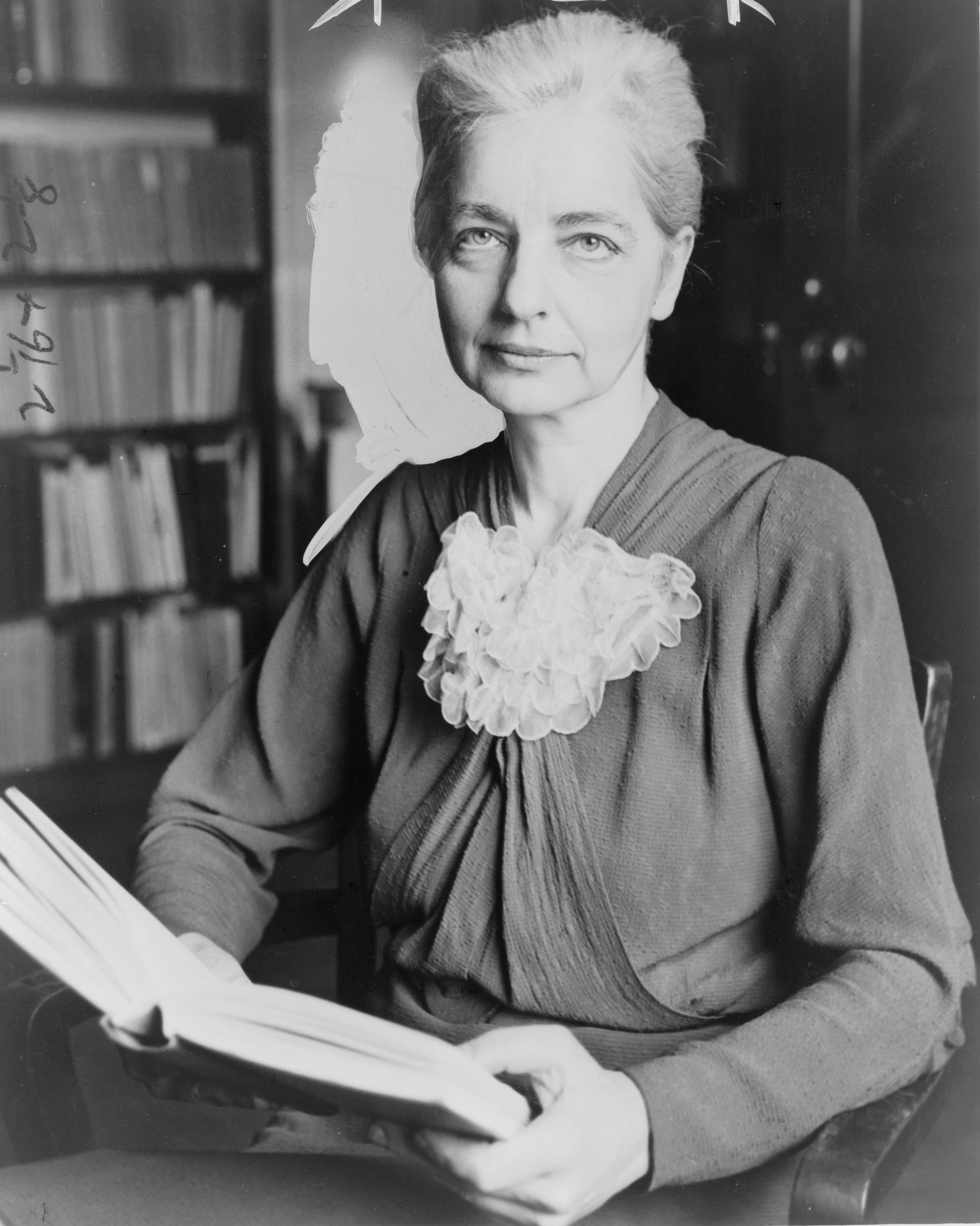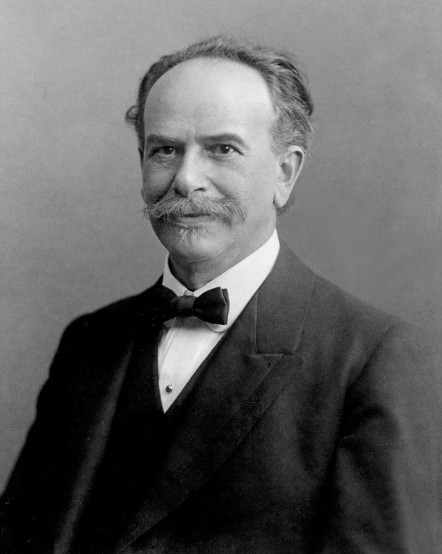When
geneticist Davide Piffer examined IQ-enhancing alleles at seven different
genes, he found that their average prevalence differed among human populations,
being highest in East Asians and lowest in Mbuti Pygmies (photo used with
author's approval)
My
weekly posts are now appearing on The Unz
Review (http://www.unz.com/). By accepting
Ron's invitation, I hope to reach a bigger audience and bring myself closer to
other writers in the area of human biodiversity. When people work together, or
simply alongside each other, minor differences can be ironed out and major
differences narrowed or at least accepted good-naturedly. One thing I've
learned is that academic debate can leave a legacy of hurt feelings. The
impersonal can become personal, partly because people feel attached to their
views and partly because views themselves can have personal impacts.
Working
together also creates synergy. It becomes easier to identify research
priorities, contact interested researchers, and end up with publishable
findings. At present, most HBD research involves trawling through the
literature and offering new interpretations. That's fine, but we need lab work
as well. This point came up in a 2006 interview with geneticist Bruce Lahn:
A lot of researchers studying human population genetics and evolution are strictly data miners (i.e., they generate/publish no original data). There are limitations to such an approach, as it depends on the available data and prevents certain analyses from being performed. Do you expect to see more research groups turning into pure data mining labs in the future? Or will there still be a place for independent labs generating their own data (for example, resequencing a gene in multiple individuals to study the polymorphism)?
Given the explosion of genomic data in the last decade or so, which shows no sign of slowing down any time soon, there is likely to be a proliferation of pure data miners just because there is a niche for them. But I suspect that many interesting findings will still require the combination of data mining and wet experiments to provide key pieces of data not already available in public databases. In this regard, labs that can do both data mining and wet experiments can have an advantage over labs that can only do data mining. (Gene Expression, 2006)
Lab
work will probably have to be offshored, not because it's cheaper to do
elsewhere but because the "free world" is no longer the best place
for unimpeded scientific inquiry. A Hong
Kong team is conducting a large-scale investigation into the genetics of
intelligence, and nothing comparable is being done in either North America or
Western Europe. Cost isn't the reason.
A
few suggestions for research:
Human variation
in IQ-enhancing alleles
We
know that human intellectual capacity has risen through small incremental
changes at very many genes, probably hundreds if not thousands. Have these
changes been the same in all populations?
Davide Piffer (2013) has tried to answer this question by using a small subset of
these genes. He began with seven SNPs whose different alleles are associated
with differences in performance on PISA or IQ tests. Then, for fifty human
populations, he looked up the prevalence of each allele that seems to increase
performance. Finally, for each population, he calculated the average prevalence
of these alleles at all seven genes.
The
average prevalence was 39% among East Asians, 36% among Europeans, 32% among
Amerindians, 24% among Melanesians and Papuan-New Guineans, and 16% among
sub-Saharan Africans. The lowest scores were among San Bushmen (6%) and Mbuti
Pygmies (5%). A related finding is that all but one of the alleles are specific
to humans and not shared with ancestral primates.
Yes,
he was using a small subset of genes that influence intellectual capacity. But
you don't need a big number to get the big picture. If you dip your hand into a
barrel of differently colored jelly beans, the colors you see in your hand will
match well enough what's in the barrel. In any case, if the same trend holds up
with a subset of 50 or so genes, it will be hard to say it's all due to chance.
Interaction
between age and intellectual capacity
These
population differences seem to widen after puberty, as Franz Boas noted a century
ago (Boas, 1974, p. 234). It may be that general intelligence was largely
confined to early childhood in ancestral humans, as a means to integrate
information during the time of life when children become familiar with their
surroundings. With increasing age, and familiarity, this learning capacity
would shut down. When modern humans began to enter environments that had higher
cognitive demands, natural selection may have favored retention of general
intelligence in adulthood, just as it favored retention of the capacity to
digest lactose wherever adults raised dairy cattle and drank milk.
After
doing a principal component analysis on covariance between the above
IQ-enhancing alleles and performance on IQ and Pisa tests, Piffer (2013) was
able to identify three alleles that show the highest loading on the first
component. Ward et al. (2014) have found that possession of these three alleles
correlates with educational performance of 13 to 14 year old children. We now
have a tool to measure the interaction between genes and age in the development
of intellectual capacity, particularly during the critical period extending
from pre-puberty to early adulthood.
Convergent
evolution
Some
human populations seem to have arrived at similar outcomes through different
evolutionary trajectories. East Asians, for instance, resemble Western
Europeans in their level of societal development, but this similar outcome has
been achieved through a different mental and behavioral package, specifically
lower levels of guilt and empathy with correspondingly higher levels of shame
and prosocial behavior. In short, East Asians tend to enforce social rules more
by external mediation (e.g., shaming, peer pressure, family discipline) than by
internal control (e.g., guilt, empathy).
This
difference probably reflects a mix of learned and innate predispositions, since
natural selection favors whatever works, regardless of how hardwired it may or
may not be. To the extent that these predispositions are hardwired, East Asians
may be less able to cope with the sort of aloneness, anonymity, and
individualism we take for granted.
It
would be easy enough to study the neurological effects of social isolation on
East Asians, and there is already suggestive evidence that such effects include
unusual outbursts of psychotic behavior. It would be harder, however, to
determine whether this malfunctioning has a heritable component.
Microcephalin -
Why does its Eurasian allele increase brain volume?
Almost
a decade ago, Bruce Lahn was among those who discovered that a gene involved in
brain growth, Microcephalin,
continued to evolve after modern humans had spread out of Africa. Its most
recent allele arose some 37,000 years ago in Eurasia and is still largely
confined to native Eurasians and Amerindians (Evans et al., 2005). Interest in
this finding evaporated when no significant correlation was found between the
Eurasian allele and higher scores on IQ tests (Mekel-Bobrov et al, 2007;
Rushton et al., 2007). Nonetheless, a later study showed that this allele
correlates with increased brain volume (Montgomery and Mundy, 2010).
The
time of origin corresponds to the entry of modern humans into seasonal
temperate environments. It also corresponds to the beginnings of Upper
Paleolithic art—realistic 3D representations of game animals on stone, clay,
bone, and ivory. The common denominator seems to be an increased capacity to
store spatiotemporal information, i.e., the ability to imagine objects,
particularly game animals, and how they move over space and time. If IQ tests
fail to measure this capacity, it may be worthwhile to test carriers of this
allele for artistic or map-reading skills.
ASPM - Does the
Middle Eastern/West Eurasian allele assist processing of alphabetical script?
ASPM is another gene
that regulates brain growth, and like Microcephalin it continued to evolve
after modern humans had spread out of Africa, its latest allele arising about
6000 years ago somewhere in the Middle East. The new allele then proliferated
within and outside this region, reaching higher incidences in the Middle East
(37-52%) and in Europe (38-50%) than in East Asia (0-25%). Despite its apparent
selective advantage, this allele does not seem to improve cognitive performance
on standard IQ tests. On the other hand, there is evidence that it is
associated with increased brain size (Montgomery and Mundy, 2010).
At
present, we can only say that it probably assists performance on a task that
exhibited the same geographic expansion from a Middle Eastern origin roughly
6000 years ago. The closest match seems to be the invention of alphabetical
writing, specifically the task of transcribing speech and copying texts into
alphabetical script. Though more easily learned than ideographs, alphabetical
characters place higher demands on mental processing, especially under
premodern conditions (continuous text with little or no punctuation, real-time
stenography, absence of automated assistance for publishing or copying, etc.).
This task was largely delegated to scribes of various sorts who enjoyed
privileged status and probably superior reproductive success. Such individuals
may have served as vectors for spreading the new ASPM allele (Frost, 2008; Frost, 2011).
Tay Sachs and IQ
Ashkenazi
Jews have high incidences of certain neurological conditions, particularly Tay
Sachs, Gaucher's disease, and Niemann-Pick disease. In the homozygous state
these conditions are deleterious, but in the heterozygous state they may
improve intellectual capacity by increasing neural axis length and branching.
Cochran et al. (2006) argue that this improvement could amount to about 5 IQ
points.
There
was in fact a study in the 1980s to determine whether Tay-Sachs heterozygotes
suffer from mental deficits (Kohn et al., 1988). The authors found no deficits
but did not elaborate on whether performance was above-normal on the
neuropsychological tests. They did mention that about two thirds of the
Tay-Sachs heterozygotes had education beyond high school.
The
raw data seem to be long gone, but it would not be difficult to repeat the
study with a view to studying above-normal mental performance in heterozygotes
and non-carriers.
References
Boas,
F. (1974). A Franz Boas Reader. The
Shaping of American Anthropology, 1883-1911, G.W. Stocking Jr. (ed.),
Chicago: The University of Chicago Press.
Cochran,
G., J. Hardy, and H. Harpending. (2006). Natural history of Ashkenazi
intelligence, Journal of Biosocial
Science, 38, 659-693.
http://harpending.humanevo.utah.edu/trial.link/Ashkenazi.pdf
Evans,
P. D., Gilbert, S. L., Mekel-Bobrov, N., Vallender, E. J., Anderson, J. R.,
Vaez-Azizi, L. M., et al. (2005). Microcephalin, a gene regulating brain size,
continues to evolve adaptively in humans, Science,
309, 1717-1720.
http://www.fed.cuhk.edu.hk/~lchang/material/Evolutionary/Brain%20gene%20and%20race.pdf
Frost,
P. (2008). The spread of alphabetical writing may have favored the latest
variant of the ASPM gene, Medical
Hypotheses, 70, 17-20.
http://www.sciencedirect.com/science/article/pii/S0306987707003234
Frost,
P. (2011). Human nature or human natures? Futures, 43, 740-748.
http://dx.doi.org/10.1016/j.futures.2011.05.017
Gene Expression. (2006). 10
Questions for Bruce Lahn.
http://www.gnxp.com/blog/2006/10/10-questions-for-bruce-lahn_10.php
Kohn,
H., P. Manowitz, M. Miller, and A. Kling. (1988). Neuropsychological deficits
in obligatory heterozygotes for metachromatic leukodystrophy, Human Genetics, 79, 8-12.
Mekel-Bobrov,
N., Posthuma, D., Gilbert, S. L., Lind, P., Gosso, M. F., Luciano, M., et al.
(2007). The ongoing adaptive evolution of ASPM and Microcephalin is not
explained by increased intelligence, Human
Molecular Genetics, 16, 600-608.
http://psych.colorado.edu/~carey/pdfFiles/ASPMMicrocephalin_Lahn.pdf
Montgomery,
S. H., and N.I. Mundy. (2010). Brain evolution: Microcephaly genes weigh in, Current Biology, 20, R244-R246.
http://www.sciencedirect.com/science/article/pii/S0960982210000862
Piffer,
D. (2013). Factor analysis of population allele frequencies as a simple, novel
method of detecting signals of recent polygenic selection: The example of
educational attainment and IQ, Mankind
Quarterly, 54, 168-200.
http://emilkirkegaard.dk/en/wp-content/uploads/Factor-Analysis-of-Population-Allele-Frequencies-as-a-Simple-Novel-Method-of-Detecting-Signals-of-Recent-Polygenic-Selection-The-Example-of-Educational-Attainment-and-IQ.pdf
Rushton,
J. P., Vernon, P. A., and Bons, T. A. (2007). No evidence that polymorphisms of
brain regulator genes Microcephalin and ASPM are associated with general mental
ability, head circumference or altruism, Biology
Letters, 3, 157-160.
http://semantico-scolaris.com/media/data/Luxid/Biol_Lett_2007_Apr_22_3(2)_157-160/rsbl20060586.pdf
Ward,
M.E., G. McMahon, B. St Pourcain, D.M. Evans, C.A. Rietveld, et al. (2014).
Genetic variation associated with differential educational attainment in adults
has anticipated associations with school performance in children. PLoS ONE 9(7): e100248.
doi:10.1371/journal.pone.0100248
http://www.plosone.org/article/info%3Adoi%2F10.1371%2Fjournal.pone.0100248#pone-0100248-g002







